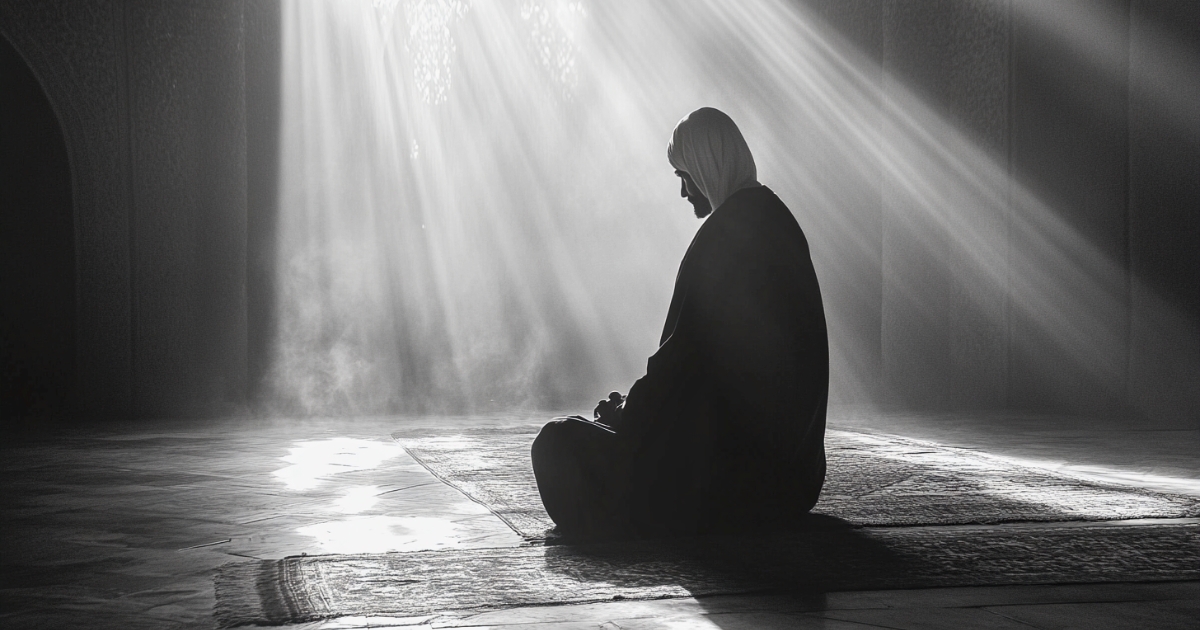- Introduction
- Muhammad’s Birth and Youth
- Revelation and Prophetic Mission
- Early Preaching and Persecution
- The Hijra (Migration)
- Community Formation in Medina
- Conquest of Mecca and Unification of Arabia
- Muhammad’s Death and the Succession Issue
- The Birth of Shia Islam
- Expansion of the Islamic Empire
- Development of Islamic Civilization
- Basic Doctrines of Islam
- Importance of Hadith
- Diversity in Islam
- Global Influence of Islam
- Conclusion
Introduction
Islam, born in the early 7th century on the Arabian Peninsula, is now one of the world’s major religions with over 1.6 billion followers. The life and teachings of its founder, Muhammad, and the rapid expansion of Islam have had a profound impact on world history. This article will examine in detail the life of Muhammad, the birth of Islam, and its subsequent development.
Muhammad’s Birth and Youth
Muhammad was born around 570 CE in Mecca, a city in western Arabia. At that time, Mecca was both a commercial center and a polytheistic holy site. Orphaned at a young age, Muhammad was first raised by his grandfather and then by his uncle. His uncle was a merchant, and Muhammad learned the trade under him. At 25, he married a wealthy widow named Khadija and began living a stable life.
Revelation and Prophetic Mission
Around 610 CE, while meditating in a cave near Mount Hira near Mecca, Muhammad is said to have received divine revelation from the Archangel Gabriel. This became the first revelation of the Quran, the holy book of Islam. Muhammad began preaching the doctrine of monotheism as the messenger (prophet) of the one God, Allah.
Early Preaching and Persecution
Muhammad’s teachings initially spread among his family and close friends, but soon faced opposition from Mecca’s elite. Muhammad and his early followers faced persecution as their beliefs threatened the vested interests of polytheistic Mecca.
The Hijra (Migration)
Amid intensifying persecution, in 622 CE, Muhammad and his followers left Mecca for Yathrib (later Medina), about 400 kilometers to the north. This event, known as the “Hijra,” marks the first year of the Islamic calendar.
Community Formation in Medina
In Medina, Muhammad formed a community of believers (Ummah) and became both a religious and political leader. Here, he established the basic doctrines and practices of Islam.
Conquest of Mecca and Unification of Arabia
Using Medina as a base, Muhammad expanded his influence and conquered Mecca in 630 CE. Although there was some resistance, Muhammad showed clemency, leading many Meccans to convert to Islam. He cleared the Kaaba of idols, establishing it as an Islamic holy site. This led to the conversion of many Arabian tribes to Islam, unifying the peninsula under Muhammad’s leadership.
Muhammad’s Death and the Succession Issue
Muhammad died in Medina in 632 CE. After his death, conflict arose over who would succeed him as caliph. This conflict eventually led to the split between Sunni and Shia Islam.
The Birth of Shia Islam
Shia Islam considers Muhammad’s cousin and son-in-law, Ali, and his descendants as the rightful successors. They developed their own doctrines and jurisprudence, contributing to the diversity within Islam.
Expansion of the Islamic Empire
The expansion of Muslim power that began during the Rightly Guided Caliphs (632-661 CE) continued under the Umayyad (661-750 CE) and Abbasid (750-1258 CE) dynasties. At its peak, the Islamic Empire stretched from the Indian subcontinent in the east to the Iberian Peninsula in the west.
Development of Islamic Civilization
As the Islamic Empire expanded, Islamic civilization flourished. Particularly during the Abbasid era in the 9th and 10th centuries, the Islamic world experienced a golden age in science, philosophy, arts, and literature. Centered in Baghdad, scholars translated and developed upon Greek and Indian classics, making significant advances in mathematics, astronomy, medicine, and other fields.
Basic Doctrines of Islam
The basic doctrines of Islam are summarized in the “Six Articles of Faith” and the “Five Pillars.” The Six Articles include belief in Allah (the one God), angels, holy books, prophets, the afterlife, and predestination. The Five Pillars are the declaration of faith, prayer, charity, fasting, and pilgrimage. These teachings are based on the Quran and the Hadith (records of Muhammad’s words and actions).
Importance of Hadith
In addition to the Quran, the Hadith serves as an important source of Islamic law. The Hadith, which records Muhammad’s sayings and actions, has greatly influenced the development of Islamic jurisprudence and theology.
Diversity in Islam
Beyond the two major sects of Sunni and Shia, Islam encompasses various sects and schools of thought. This diversity has enriched Islamic history and culture. For example, there’s Sufism, which teaches mystical doctrines, and various reformist movements that attempt modern interpretations.
Global Influence of Islam
Islam has developed not just as a religion, but as a comprehensive way of life influencing politics, law, economics, and culture. For many Muslims today, Islam holds meaning beyond mere faith.
Conclusion
Islam, founded by Muhammad in the 7th century, spread rapidly across vast regions and established a unique civilization. Its rapid expansion and profound influence have significantly altered the course of world history. Even today, Islam continues to have a major impact on global politics, economics, and culture. Understanding the origins, development, and diversity of Islam is crucial for comprehending the modern world. The story of Muhammad’s life and the birth of Islam represents a grand historical drama demonstrating the power of faith and human potential.


